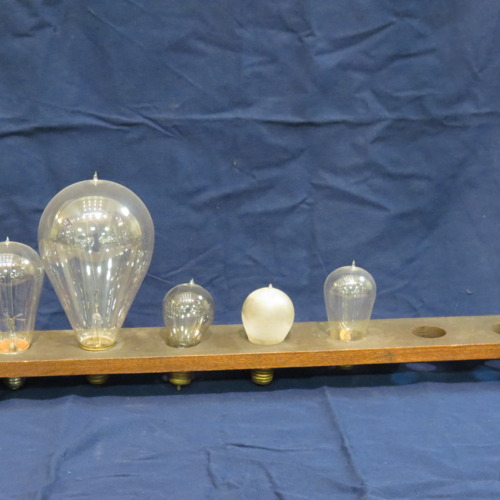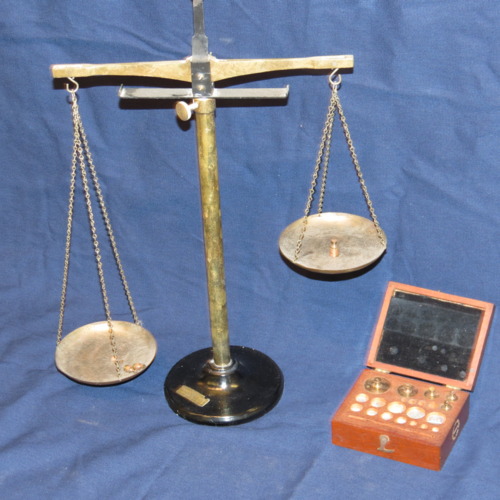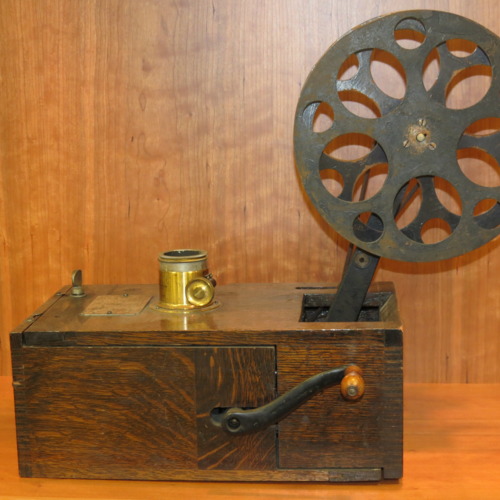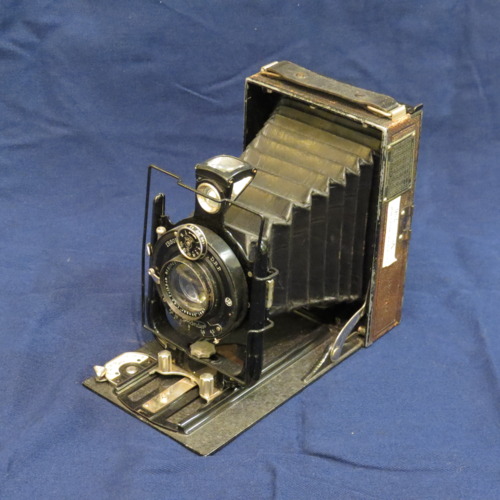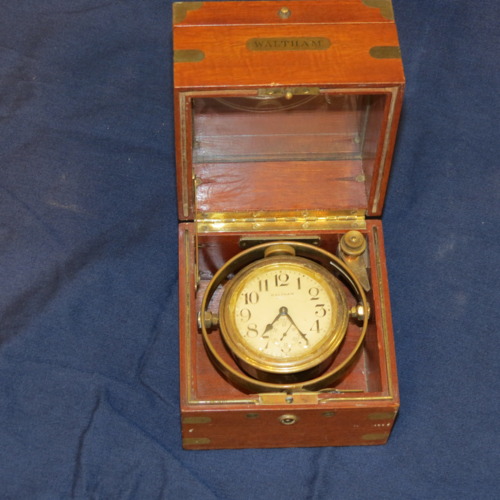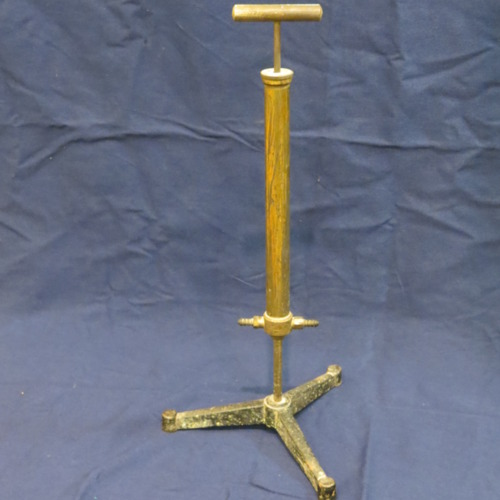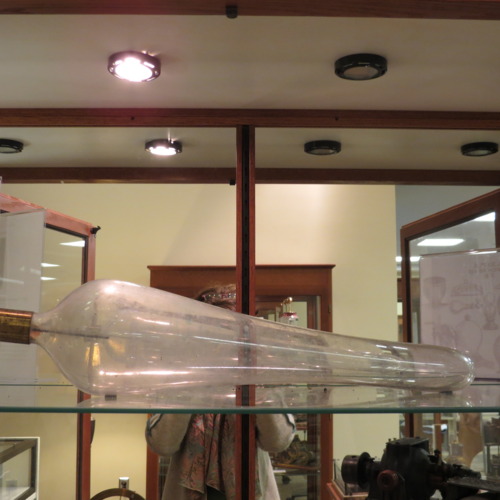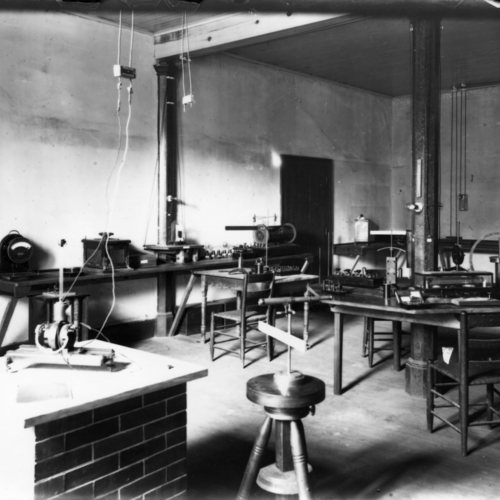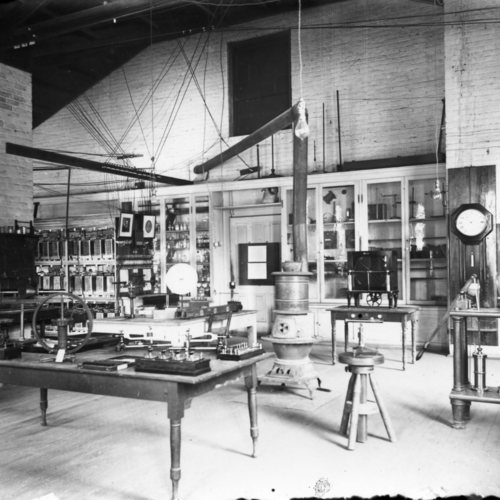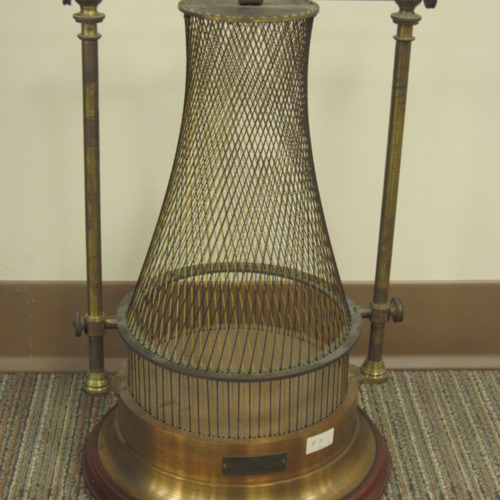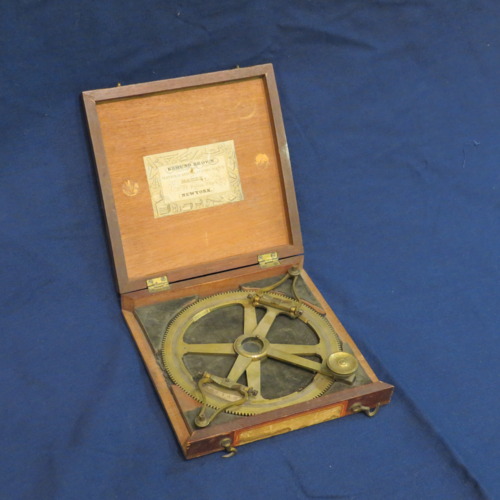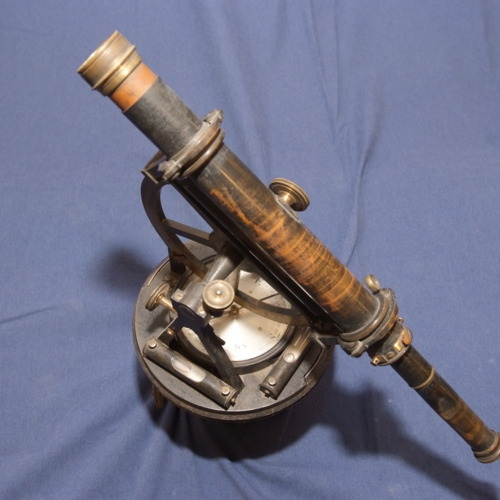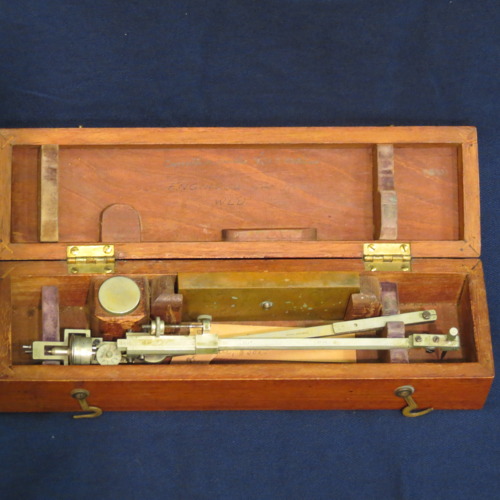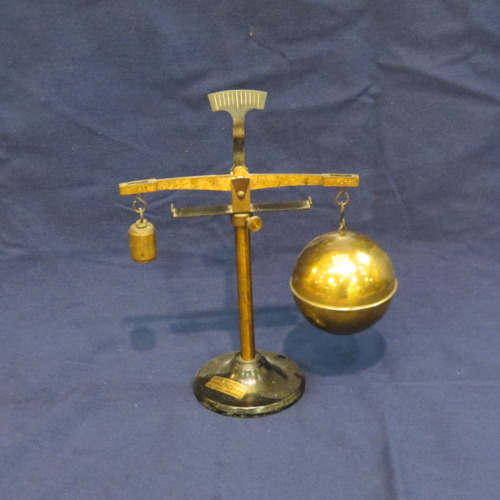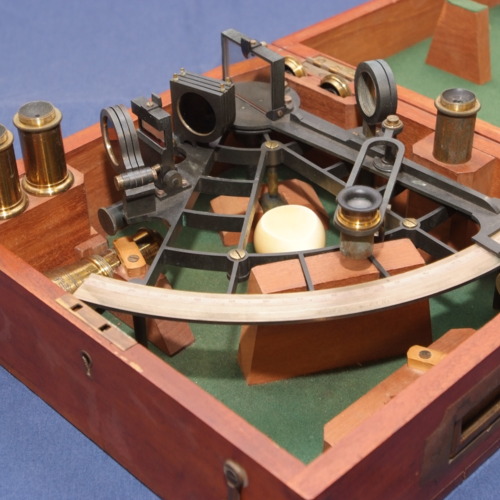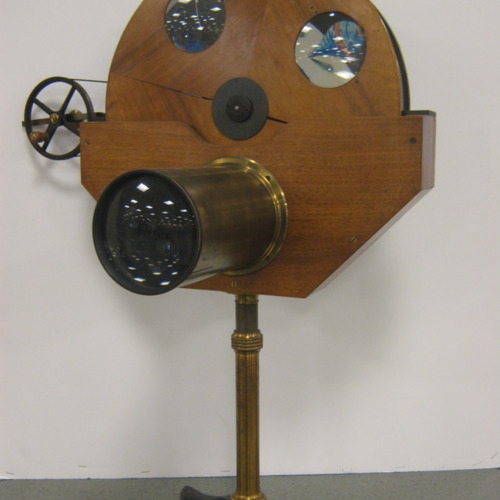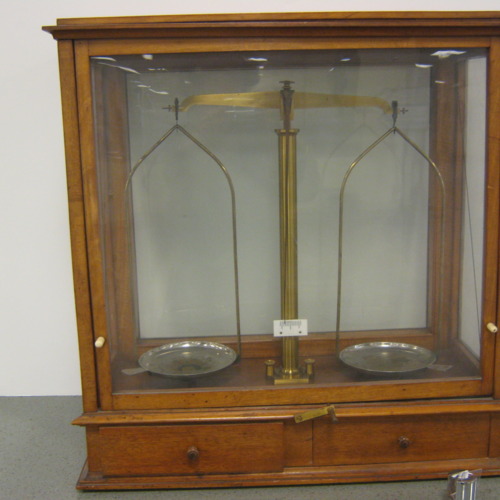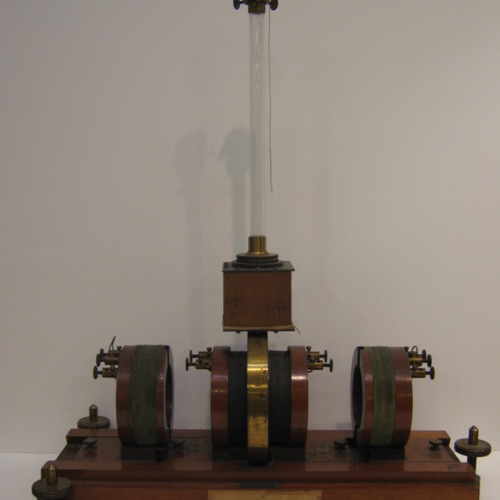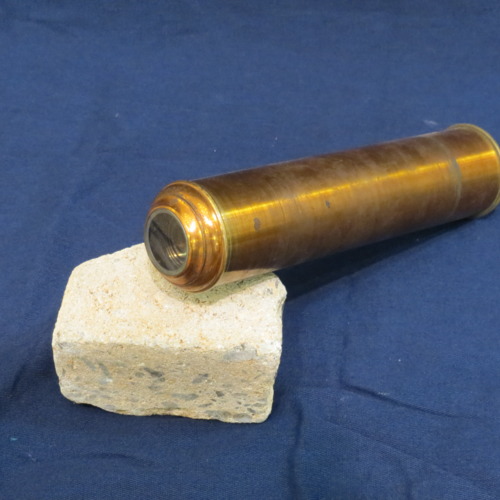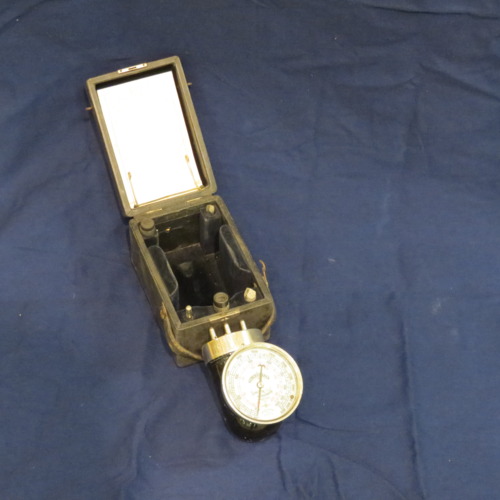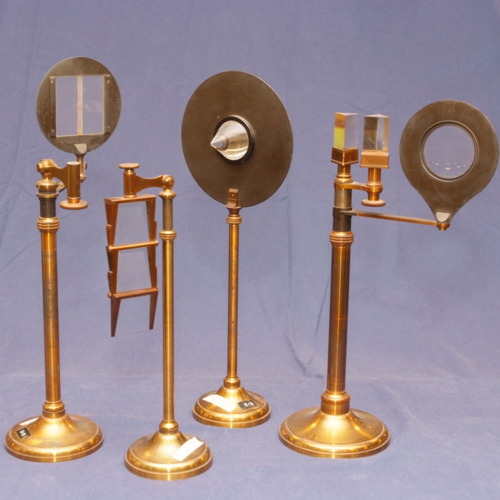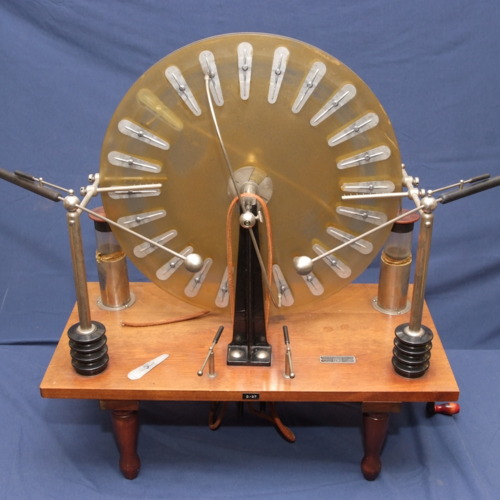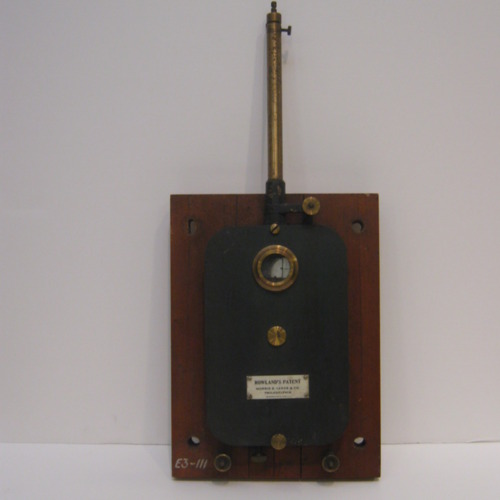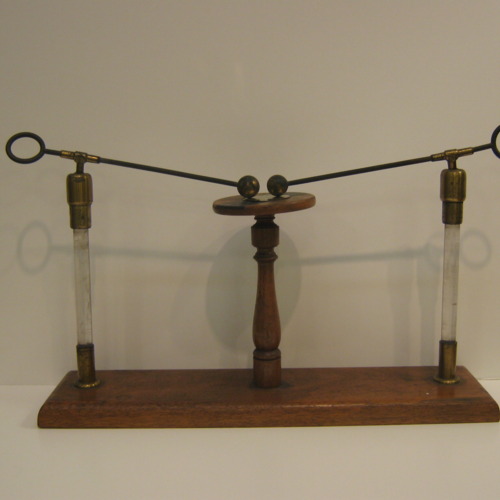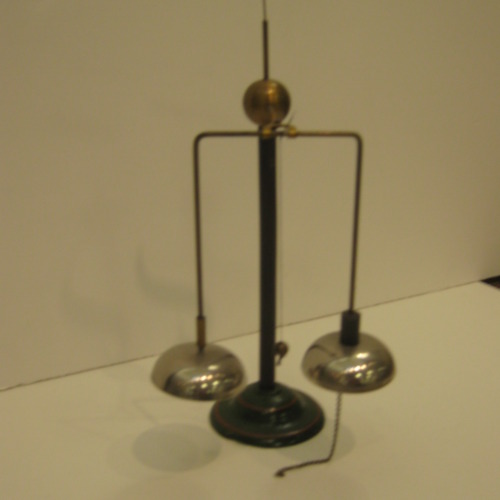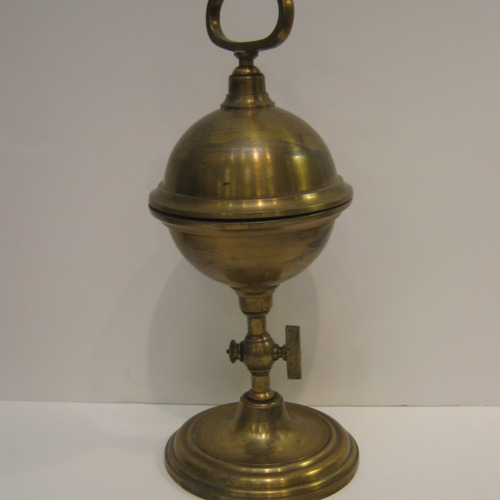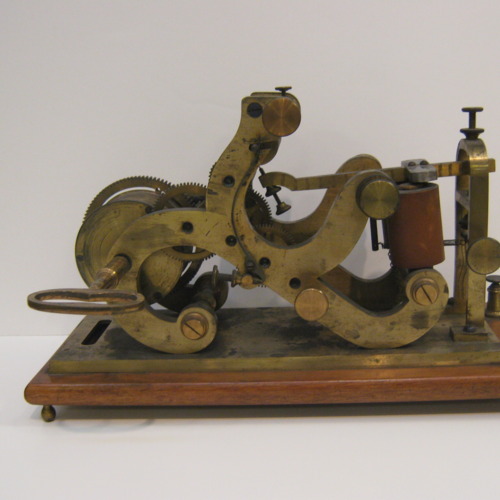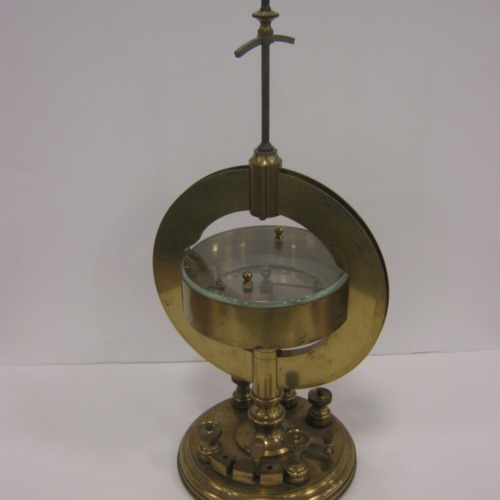Browse Items (54 total)
- Collection: Antique Scientific Instruments in the University Collection
Lightbulbs in Stand
Tags: Electricity
Balance with Weights
Tags: weight measurements
Edison Projecting Kinetoscope
Tags: Optical Recreations, Optics
Voigtlander Vag Camera
Tags: Optics
Waltham 8 day Ship's Deck Chronometer/Clock
Tags: Time Measurement
Vacuum Pump
Tags: pneumatics
Fountain in a Vacuum
Tags: pneumatics
Electrical Experimentation Lab
Tags: Laboratories
Physics Laboratory
Tags: Laboratories
String Model of a Hyperboloid
Tags: mathematics
Circular Protractor
Tags: mathematics, Surveying
Theolodite
Tags: Navigation, Optics, Surveying
Planimeter
Tags: Surveying
Buoyancy of Air
Tags: pneumatics
Sextant
Tags: Navigation
Phenakistoscope
Tags: Optical Recreations
Analytical Balance
Tags: Chemistry
Wiedemann's Galvanometer
Tags: Electricity
Kaleidoscope
Tags: Optical Recreations
Tachometer
Tags: Speed Measurements
Prisms
Tags: Optics
Cenco Wimhurst Electrostatic Machine
Tags: Static Electricity
Wall Galvanometer
Tags: Electrical Measurements
Voltmeter
Tags: Electrical Measurements
Discharger
Tags: Static Electricity
Leyden (Leiden) Jar
Tags: Static Electricity
Electric Whirl and Chime combination
Tags: Static Electricity
Magdeburg Hemispheres
Tags: pneumatics
Telegraph
Tags: Electricity
Tangent Galvanometer
Tags: Electrical Measurements
